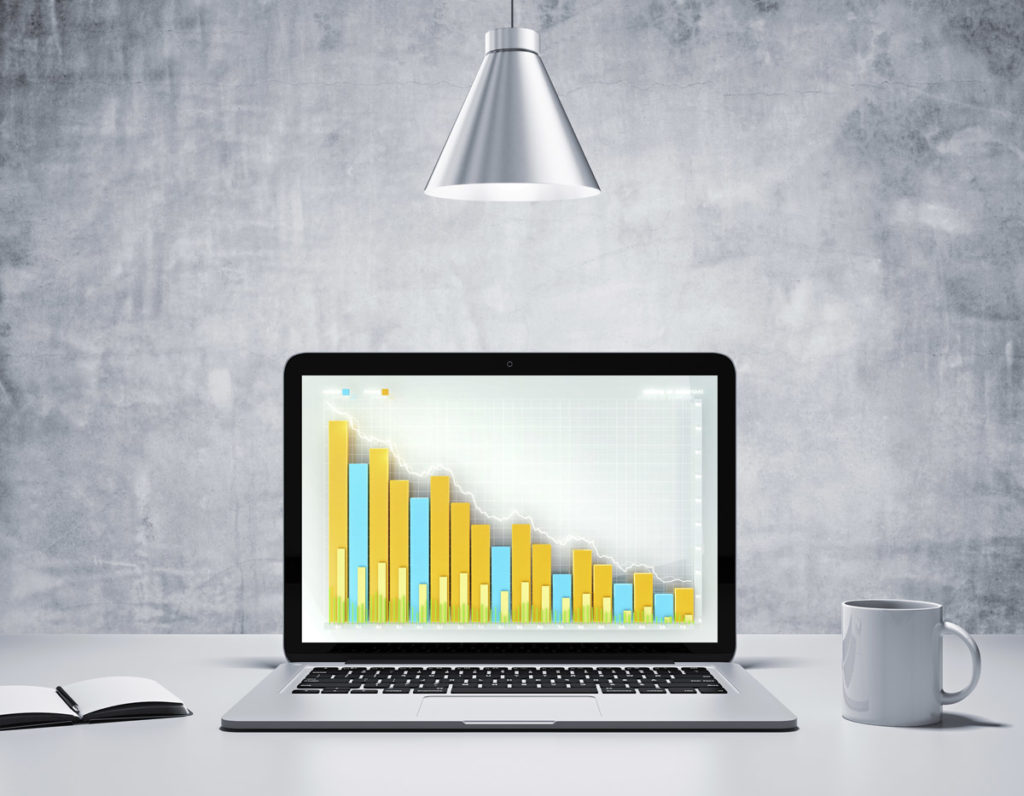Since the 1990s, the Ecological Footprint movement has gained momentum. This idea emerged to measure our human demand for the earth’s resources. The size of our ecological footprint depends on how fast we consume resources and generate waste in comparison to how quickly the earth can absorb our waste and generate new resources. We live in an age where resource consumption is on the rise, and by resources, we mean anything from utilities (energy and water) to consumables (food, fibre, timber, paper, cleaners, etc.). By understanding our ecological footprint and establishing a baseline, we can move forward to reduce our consumption and environmental impact.
For businesses in particular, understanding their resource consumption baseline can give insight on how to improve business sustainability practices.
By having a baseline, green business owners can:
- Track consumption trends and patterns
- Identify inefficiencies within the business
- Catch billing errors
- Create more accurate budgets
- Generate sustainability initiatives and reports
- Save money from reduced resource consumption
- Improve operational inefficiencies
- Boost their reputation as leaders in business sustainability
Why don’t more businesses take advantage of this?
Many businesses face stumbling blocks as to why they don’t track their information more efficiently. Here are some excuses managers use with some helpful tips on how to move forward.
EXCUSE #1: “We’re growing so the numbers don’t apply year to year”
Even though your business is growing each year, establishing a resource consumption baseline can give your business more potential to grow sustainably. Having an initial baseline can give a more accurate picture of your business’s environmental impact in terms of utilities and consumables. This information allows you to gauge consumption patterns and find ways to improve business sustainability practices.
The SME Sustainability Roadmap outlines steps to begin measuring your business’s baseline:
- Gather bills to see the unit measurement of each resource consumption area
- Conduct an audit for a more detailed analysis of resource consumption within your business (Eg. energy/GHG audit or a dumpster dive)
- Survey staff to see their views on the company’s resource consumption and gauge the involvement you can get from employees
But some businesses have trouble getting started and say…
EXCUSE #2: “We can’t track water because we don’t have a meter”
Even if your business doesn’t have a meter for water usage, there are a number of other ways to track water consumption. For example, tracking the amount of water treatment used (filtration cartridges or purifying salts) can help you quantify how much water your business consumes. The Alliance for Water Efficiency developed a Water Conservation Tracking Tool which evaluates water utility use and helps implement conservation activities.
Some businesses might feel stuck on how to quantify their resource consumption, but there are various metrics which can be used. For an extensive list of other measurements to track usage and consumption check out the Sustainability Skills guide About Metrics.
And last but not the least…
EXCUSE #3: “It’s too time consuming to track all this information”
It can seem overwhelming to track all of your business’s utilities and consumables, but once you have the right tracking tools and programs set in place, the rest is a breeze. Tracking tools such as ecobase calculates your carbon footprint while tracking your baseline year after year. The US Environmental Protection Agency also has tools and resources for tracking and reducing waste consumption. Information and communication technologies make tools and programs accessible to business owners without much hassle at all.
It is also important to get employees involved in the business sustainability effort. This allows the time and effort to be distributed among others in the company. It’s best to implement a tracking program that’s easy to follow and can be repeated with ease. This way, newcomers can get involved quickly without much confusion or extensive training.
We live in an age where environmental issues come to the forefront of how we carry out business. The earth’s resources are not an endless vat from which we can take without consequence. Our generation needs to address consumption patterns to offset scarcity and the depletion of resources. By understanding how much we consume on a daily, monthly or even yearly basis, we can identify where and how to improve our practices. Establishing a baseline is a great kick-off point to understand your green business’s ecological footprint and how to move forward to make your business more sustainable. Tracking resource consumption not only improves efficiencies and saves your business money, but also lessens your ecological footprint and environmental impact. With better metrics and tracking programs, your company can be well on its way to greener pastures.

